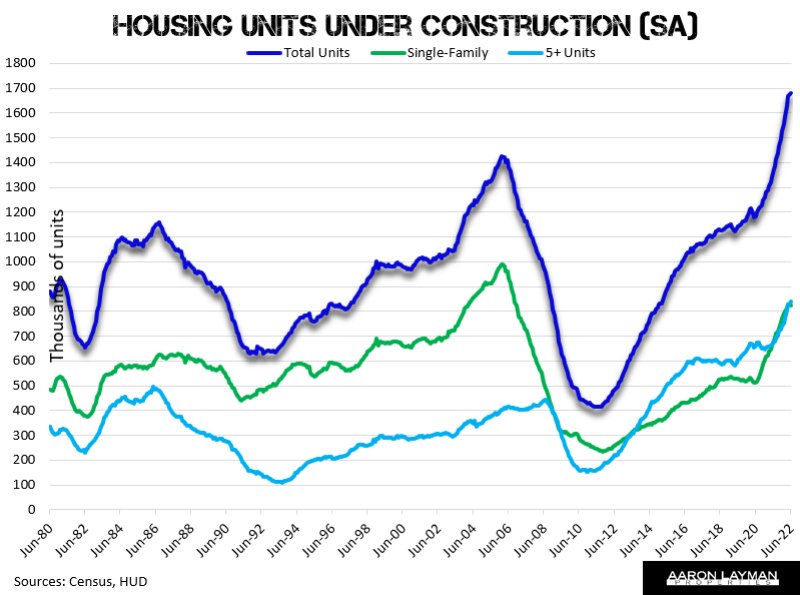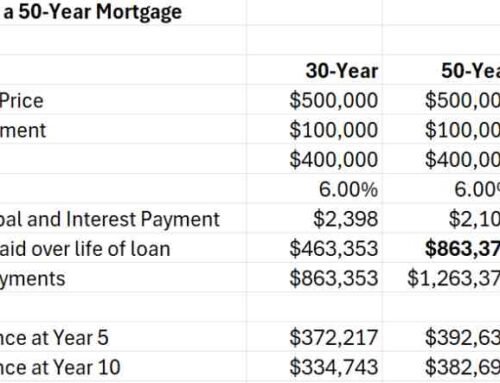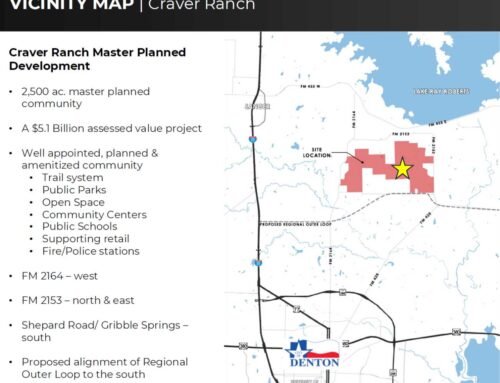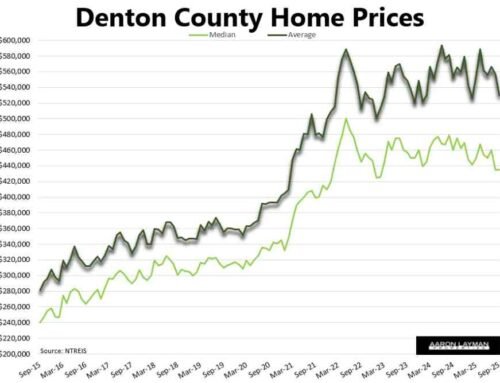There are countless real estate industry professionals and consultants floating ridiculous narratives regarding single-family rentals and build-to-rent. This is as good a time as any to debunk the “we’re filling a need” nonsense. What we’re really taking about here is the financialization of housing and the Cantillon Effect.
If you are connected to the build-to-rent industry and collect a paycheck from the financialization of single-family housing, okay. No problem with that. Want to ignore the data and look the other way. No problem. It’s easy to do. Just don’t expect a thinking public with working eyes to buy your bullshit narratives when the results speak for themselves.
“It is difficult to get a man to understand something when his salary depends upon his not understanding it.” Upton Sinclair
The U.S. middle class has continued to get squeezed for over a decade. The lower middle class and those in the bottom 50 percent of the wealth distribution pyramid have been hit particularly hard in the last 15 years. There were some major policy errors coming out of the Great Recession. Bulldozing millions of Americans into foreclosure so we could mint a new asset class of Wall Street mega landlords was a policy failure of epic proportions. The dream of homeownership has now been turned into a nightmare for many. The Democratic party is still reaping the rewards of that policy disaster.
The Covid pandemic saw more of the same as super cheap capital looked to buy up even more single-family homes. One of the more important dynamics of the pandemic real estate boom and bubble was the ramp in financialization of housing and the heightened investor activity. Wall Street’s grab for real estate has only picked up steam. When your barber, housekeeper and neighbor are all talking about how they need to get in on the Airbnb profit stream, you know you have a policy problem. Everyone want’s to be a landlord, and the road is paved with untold riches.
There are more deep pocketed investors looking to become America’s landlord. Build-to-rent is certainly part of that equation. Industry players and consultants have been doing all sorts of mental gymnastics to convince politicians and the public they are simply “filling a need”. You know, the need where every American owns nothing. It’s really sad to watch the willful ignorance and bad faith arguments of otherwise nice and intelligent people.
There is a market for rental homes. The demand for rentals will always be there. Rental housing is an important, and necessary component of the total housing picture. What’s disingenuous is when industry players and consultants pretend that building more single-family rentals is not contributing to wealth inequality and/or draining the market of affordable homes. Of course it helping to drain the market of affordable homes. It is directly diverting capital and resources from that end goal.
When builders, developers and private equity profiteers begin diverting resources that would typically go toward building more single-family homes (including townhomes, condos etc) which would traditionally be purchased by owner occupants, and they begin directing those resources into the financialization of the housing market (which again, is already served by multi-family, small and large investors etc), you get more financialization of housing (aka more trickle-down wealth). This is not really hard to understand, unless of course you are getting paid a nice salary to look the other way.
The real estate industry and consultants seem to love the financialization and the recent growth of the the build-to-rent industry. Unfortunately this increased financialization of housing has long-term consequences for social stability and democracy. It doesn’t take a rocket scientist to figure out what happens when you diminish access to one of the most important sources of wealth for the American population. Since they aren’t significantly invested in the stock market, most Americans buy homes for a source of wealth. If they are priced or manipulated out of the real estate market, they just fall even further behind.
The results speak for themselves. If you are encouraging more build-to-rent housing you are effectively cheering shutting out more Americans to the two primary sources of wealth in the modern U.S. economy. Hooray for more wealth inequality!
“According to the National Association of Home Builders, there were 13,000 new single-family homes started as rentals in the first quarter of this year, up 63% from a year ago…Homes-built-for-rent still represent just 5% of the home building market, but that’s up from the 2.7% historical average.” CNBC
The CEO of American Homes for Rent want’s you to believe the U.S. housing market is undersupplied when it comes to rentals. AH4R boasts a portfolio of over 57,000 homes as of March 2022. You can’t make this shit up. Tricon Residential boasts 39,000 homes in their rental portfolio across the U.S. and Canada.
Texas saw a surge in investor activity in the housing market last year as pandemic profiteers looked to buy up more affordable homes and rent them out. “In 2021, the Lone Star State had the highest rate – 28 percent– of homes sold in the U.S. go to big investors, more than double the national average of 13 percent.”
I’m sure Invitation Homes, with their portfolio of over 80,000 homes, is doing quite well in this economy. Should we build another 1000 homes to pour into their portfolio (or some other deep-pocketed investor/landlord) when we could build 1000 more affordable homes for owner-occupants who would love to purchase their first home instead of renting it? Of course not. The U.S. government helped to create the housing divide problem. Better housing policy can help to solve the problem. There are inevitable and serious consequences if we continue to ignore the problem.
Build-to-rent is a perfect example of the Cantillon Effect. The wealth doesn’t trickle down. Mental gymnastics by industry players won’t change the cold hard facts.
“Trickle-down theory – the less than elegant metaphor that if one feeds the horse enough oats, some will pass through to the road for the sparrows.” John Kenneth Galbraith













Leave A Comment